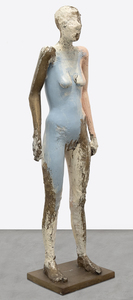Acompañe al director de Heather James Fine Art, Tom Venditti, en su recorrido por nuestra galería insignia en Palm Desert, California. Nos sentimos afortunados de contar con Tom. Antes de unirse a Heather James Fine Art, Tom pasó 14 años como Director Senior de Arte de la impresionante Colección Paul Allen , que recientemente estableció varios nuevos récords en subasta en una muestra triunfal de la fuerza del mercado del arte.
Heather James Fine Art se esfuerza por ofrecer una amplia selección de arte de importancia histórica y atractivo estético y no podemos pensar en nadie más capaz de proporcionar información sobre un Claude Monet, mientras que sin problemas ofrece una perspectiva informada sobre una fabulosa, nueva llegada de Wayne Thiebaud. Esperamos que disfruten del viaje de Tom a través de varios géneros y artistas de primera línea y que les informe e inspire una visita a nuestra sede de Palm Desert para ver la colección en persona.
Nos complace anunciar nuestro horario de invierno en nuestra ubicación de Palm Desert en 455188 Portola Avenue: De lunes a sábado de 9:00 a 5:00.

_tn27843.jpg )
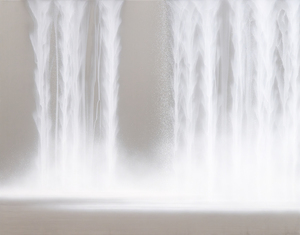
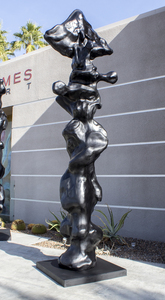
_tn46214.jpg )
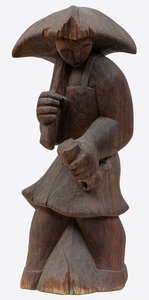
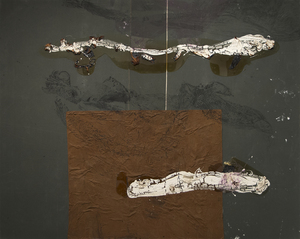
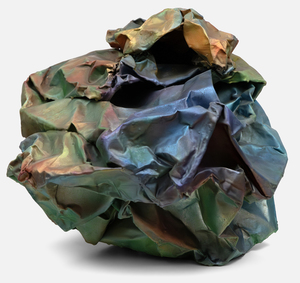
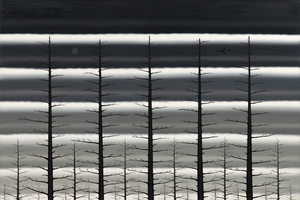
_tn39239.jpg )
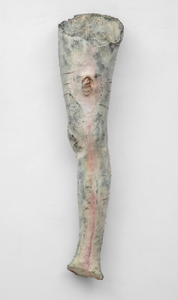
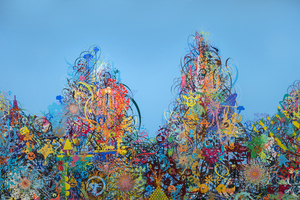
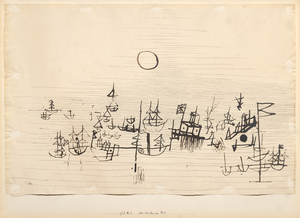
_tn28596.jpg )
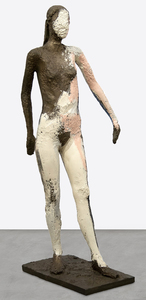
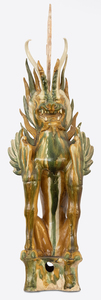
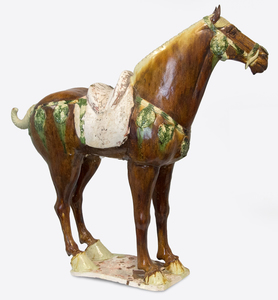
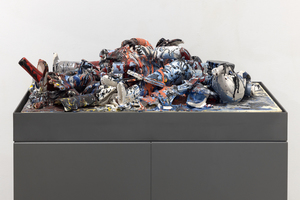
_tn47033.jpg )
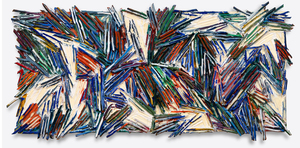
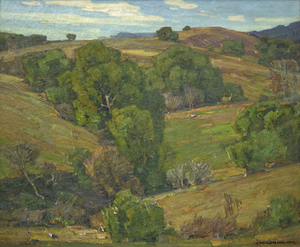
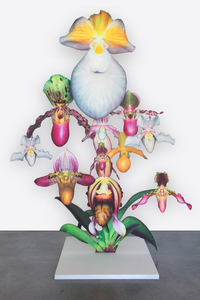
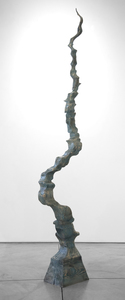

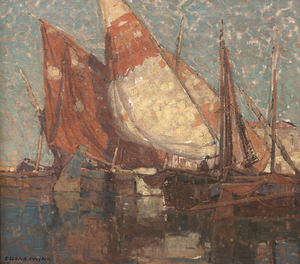
_tn16764.b.jpg )
_tn40803.jpg )
